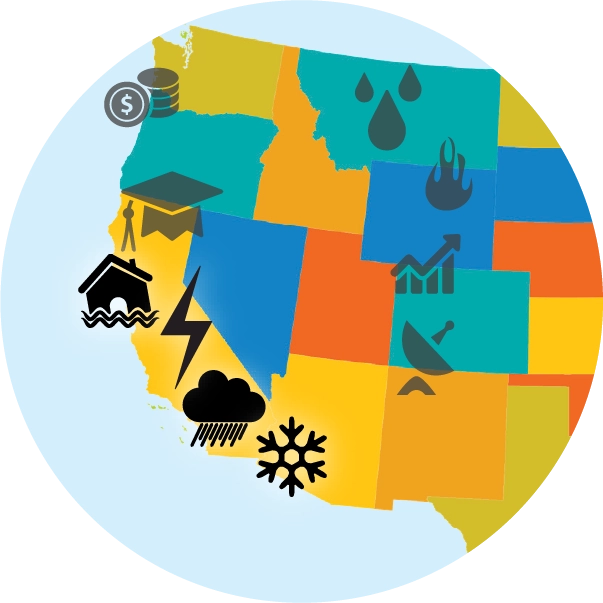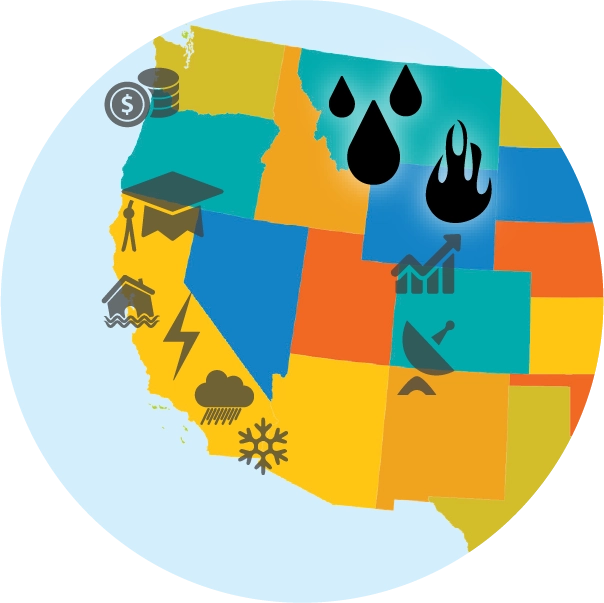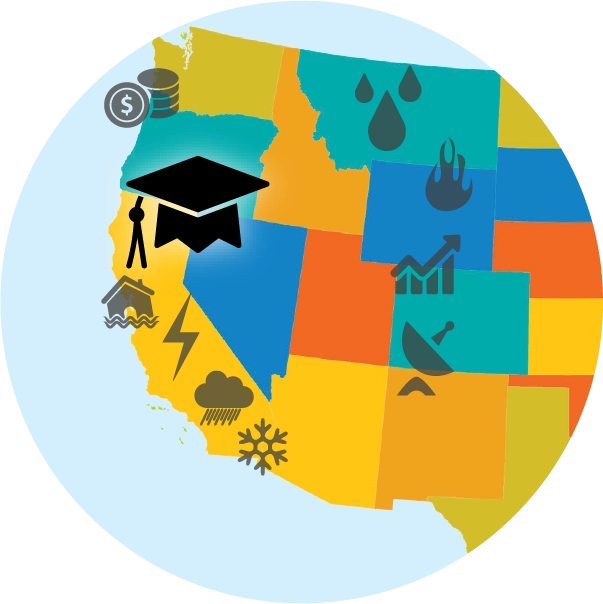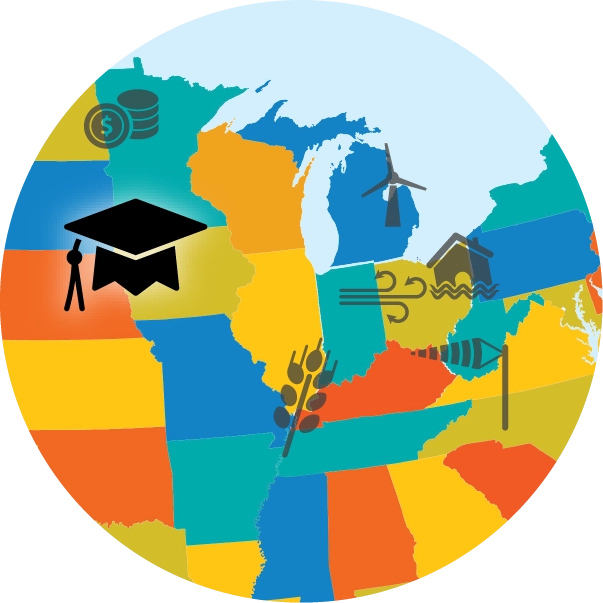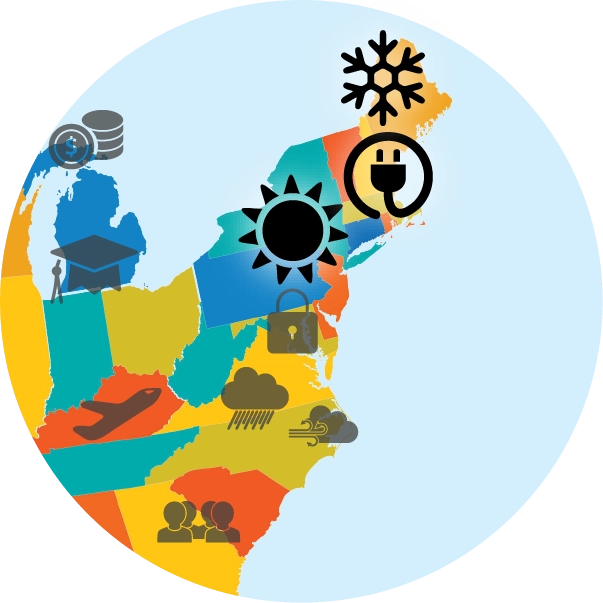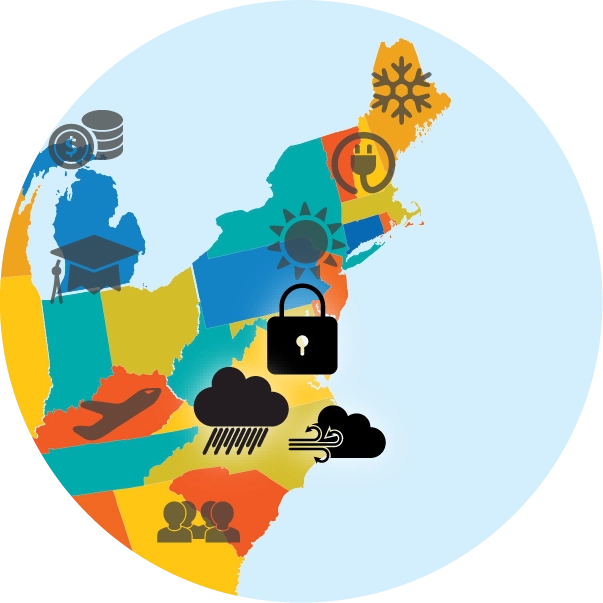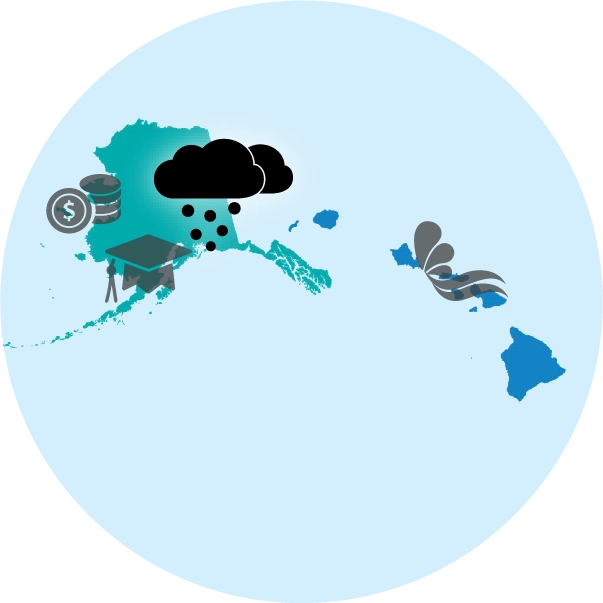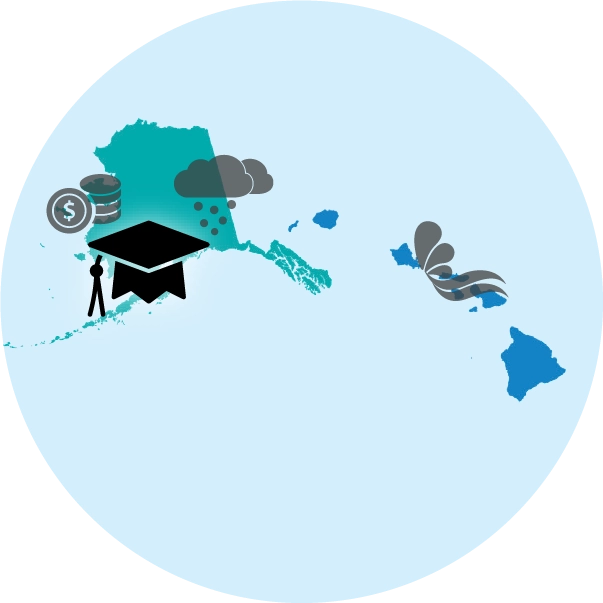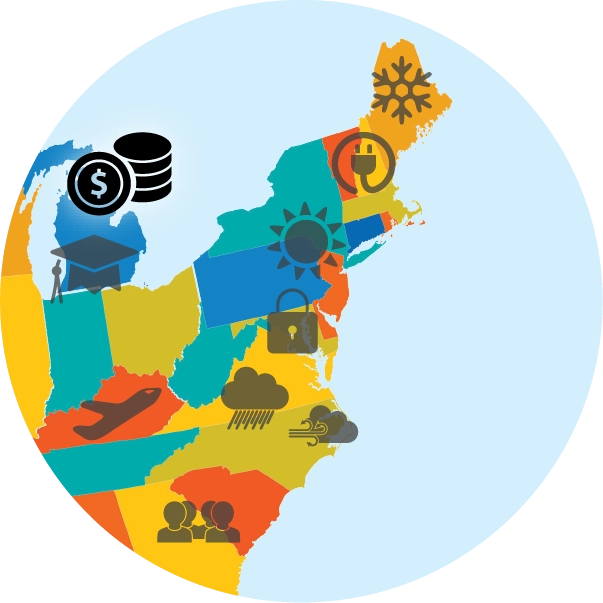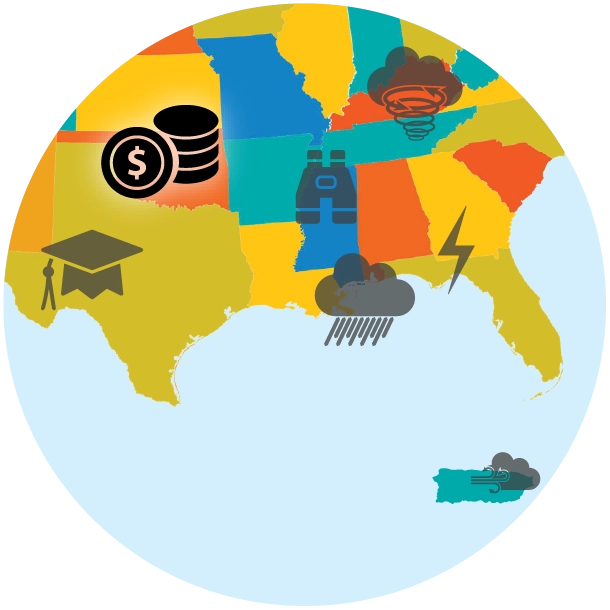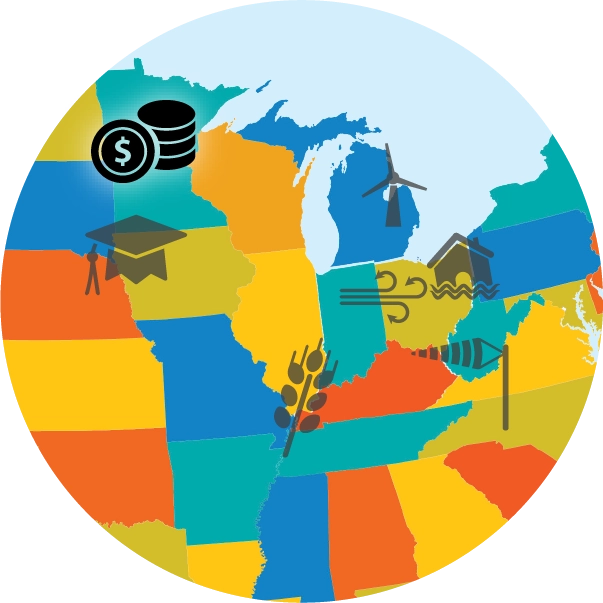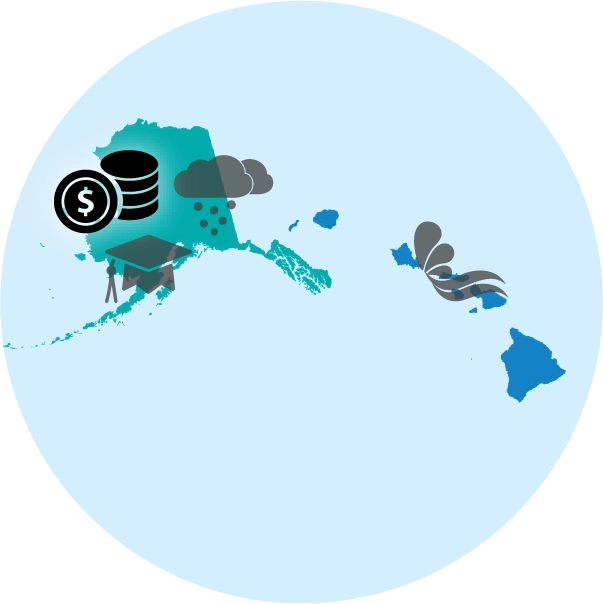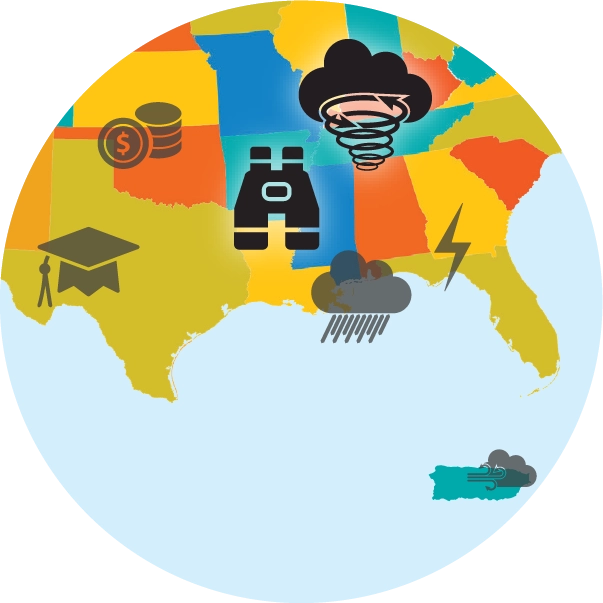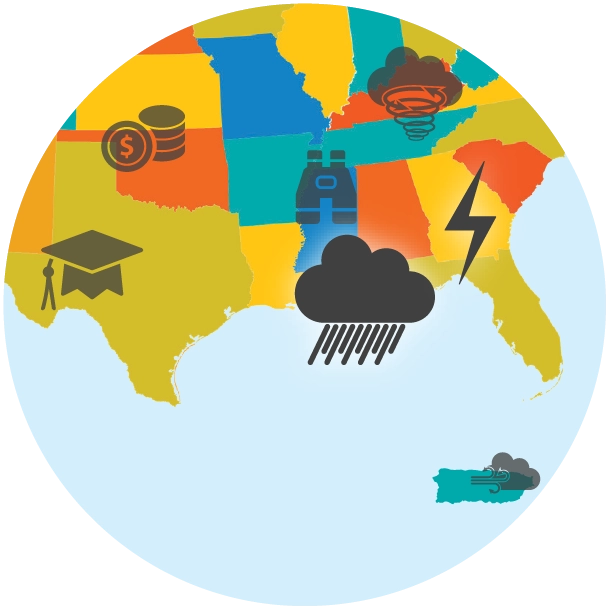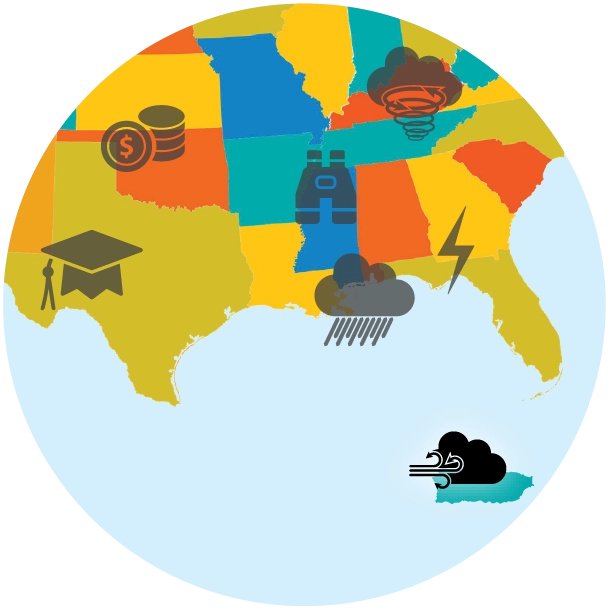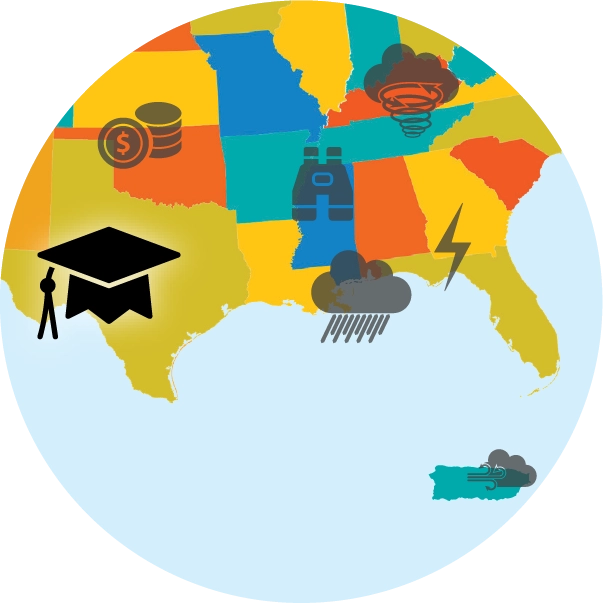A Model for Effective Public-Private Partnership
The National Mesonet Program (NMP) integrates state, local, and private sector assets at a fraction of the cost of deploying and sustaining additional federal assets. From the founding networks to fledgling new additions, NMP forms a true collaboration, sharing best practices and honing business models to ensure efficient and effective delivery of the highest quality observations in high stakes arenas.
Growing the National Mesonet
A new three-year data services contract, awarded to KBR, provides a stable funding base and an open, transparent collaborative business model that focuses over three dozen academic and commercial partners on improving our collective efficiency and effectiveness through best practice sharing, driven by a common roadmap to enhance the value of the products of our public-private partnership over the next three years. Two of our commercial partners, Earth Networks and Synoptic Data PBC, have taken the lead in our improvement program, facilitating data set quality control and delivery to NOAA and serving as mentors for other partners as requested.
Select from the menus below

